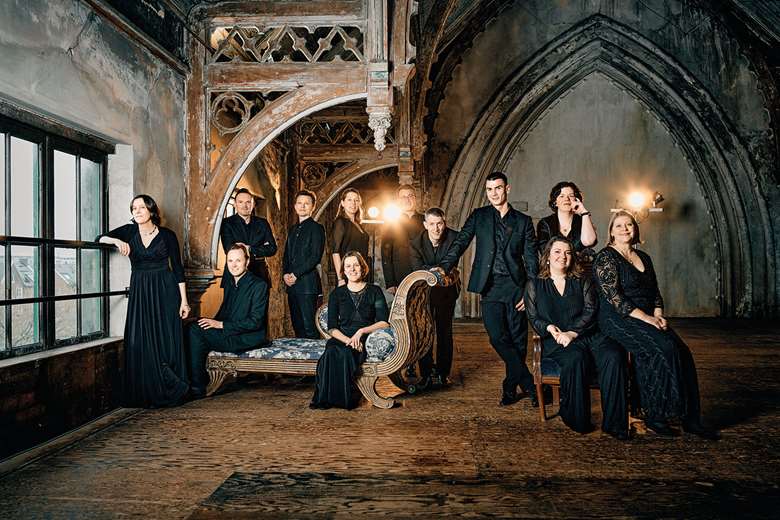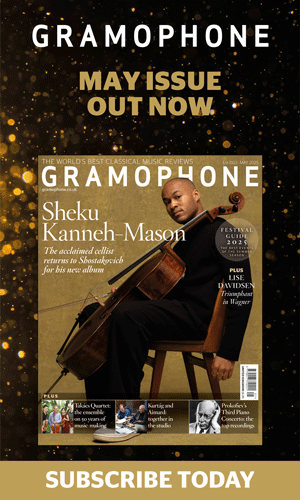Celebrating Palestrina at 500 with Stile Antico: ‘The great Italian composer who saved church music from cancel culture’
Edward Breen
Thursday, January 23, 2025
To mark Palestrina’s half-millennium, Edward Breen chats with members of Stile Antico, an ensemble championing his works which itself is celebrating its 20th anniversary

Register now to continue reading
Thanks for exploring the Gramophone website. Sign up for a free account today to enjoy the following benefits:
- Free access to 3 subscriber-only articles per month
- Unlimited access to our news, podcasts and awards pages
- Free weekly email newsletter







